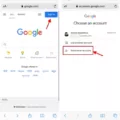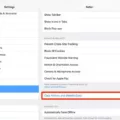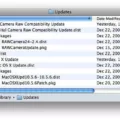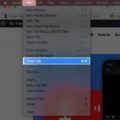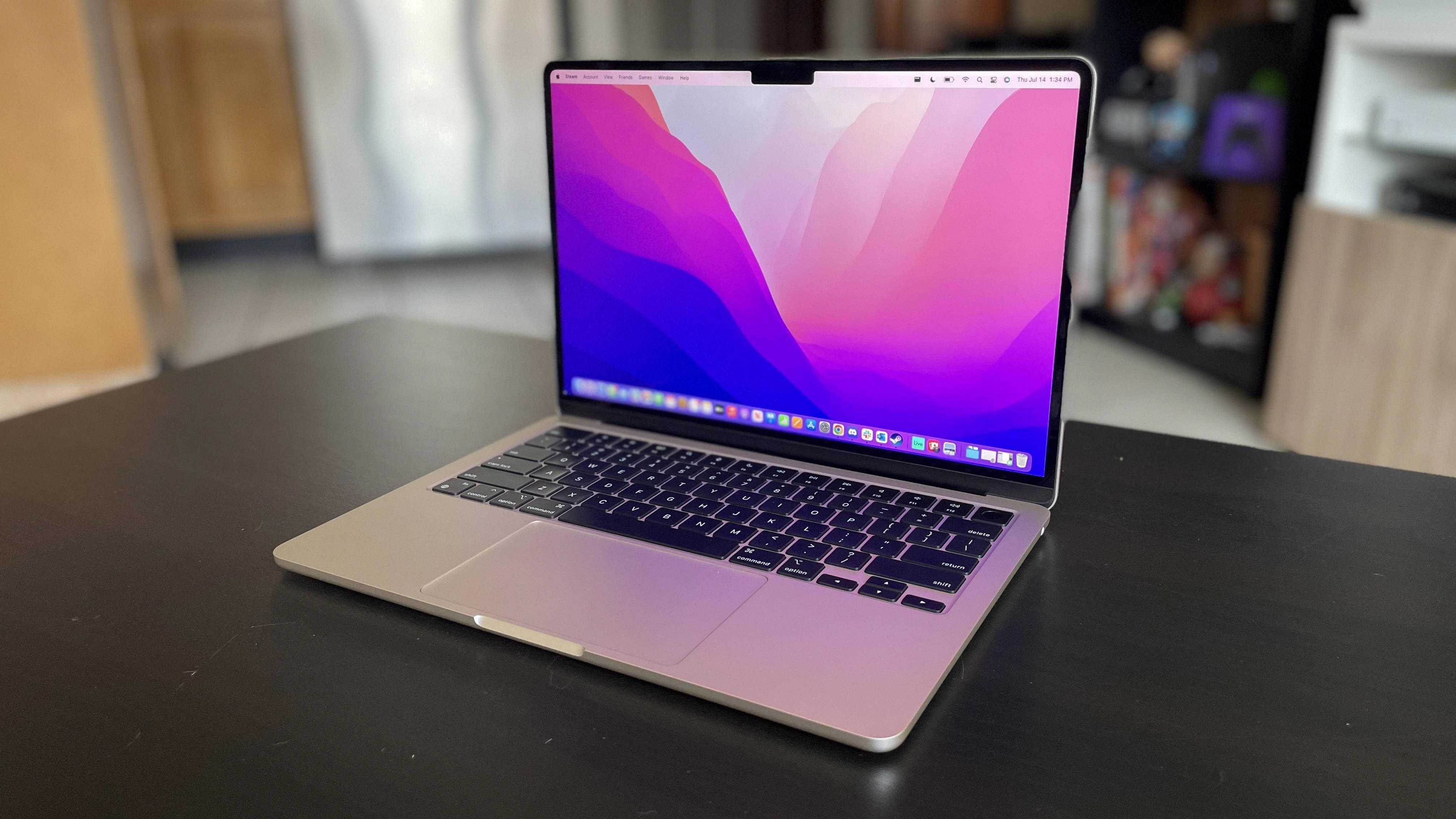If you’re planning on having multiple users on your Macbook Pro, you may want to consider setting up a Guest User account. This will provide an extra layer of security for your other user accounts, as well as offer a convenient way for visitors to access the computer without using one of your personal accounts.
Creating a Guest User can be done in just a few steps. First, open System Preferences and choose ‘Users & Groups’. Then click the lock at the bottom left corner of the window and enter your admin password. Once this is done, you can click ‘Guest User’ and select ‘Create account’. Once this is done, you will be able to configure the settings for that account such as what apps and files they have access to.
By default, guest users won’t be able to change any settings or create any files on their Macbook Pro. Any files they create during their session will only exist in a temporary folder which will be deleted when they log out. Additionally, if FileVault is turned on, guests won’t have access to your encrypted disk or be able to create files.
Creating a Guest User account on your Macbook Pro makes it easy for visitors to access the computer without compromising your own security or privacy settings. It also allows you to control what apps and files guest users have access to so that everyone can enjoy using the computer safely and securely!
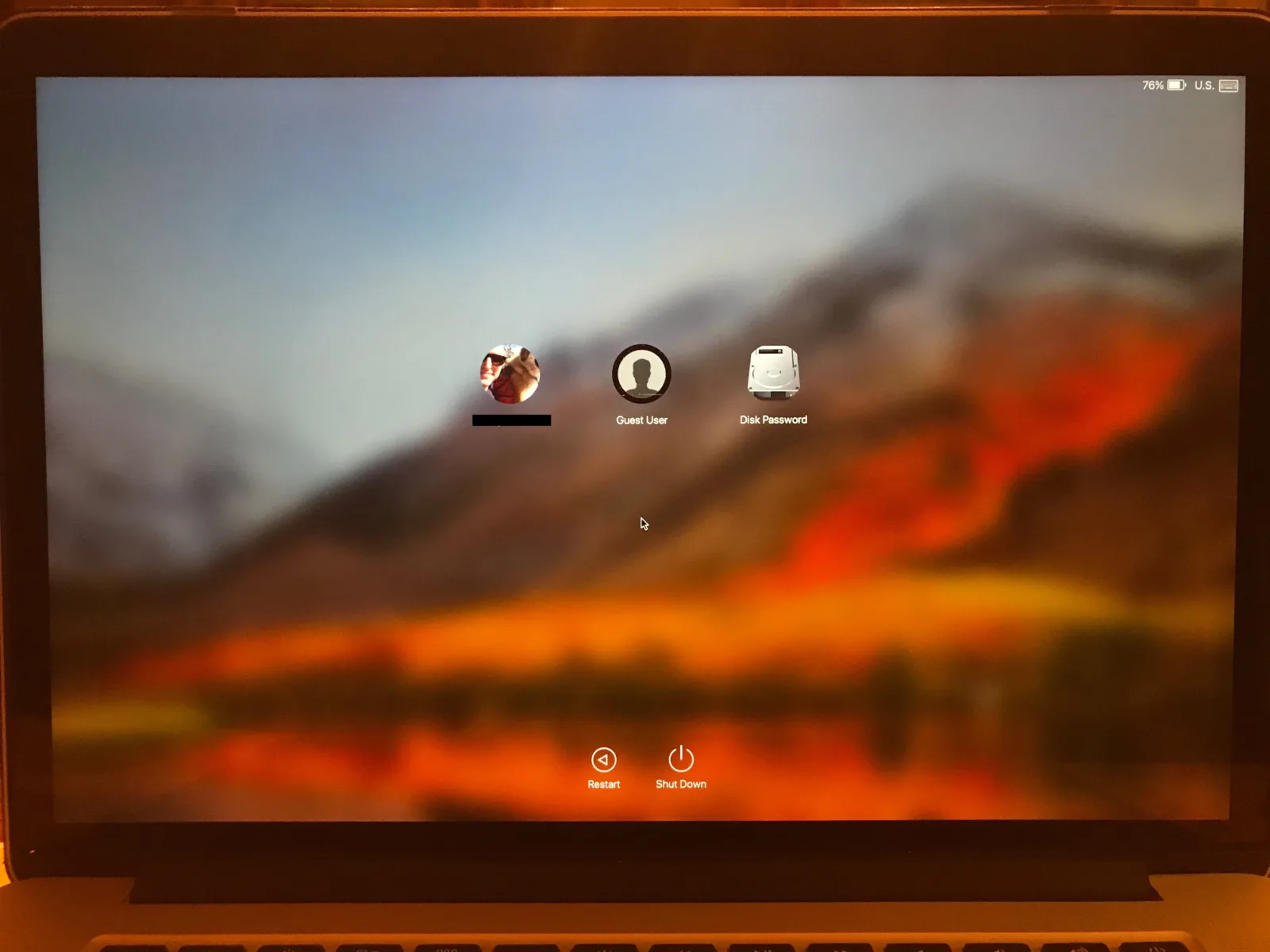
Understanding the Functionality of Guest Users on Mac
A guest user on Mac allows a user to access the computer without having an account on it. Guest users will be limited in what they can do with the computer, such as browsing the internet using Safari and using certain apps. They won’t have access to any of your personal files, settings, or other applications, and any files they create are stored in a temporary folder which is deleted when the guest logs out. Additionally, if FileVault is turned on, guest users will only have access to Safari and cannot access your encrypted disk or create any files.
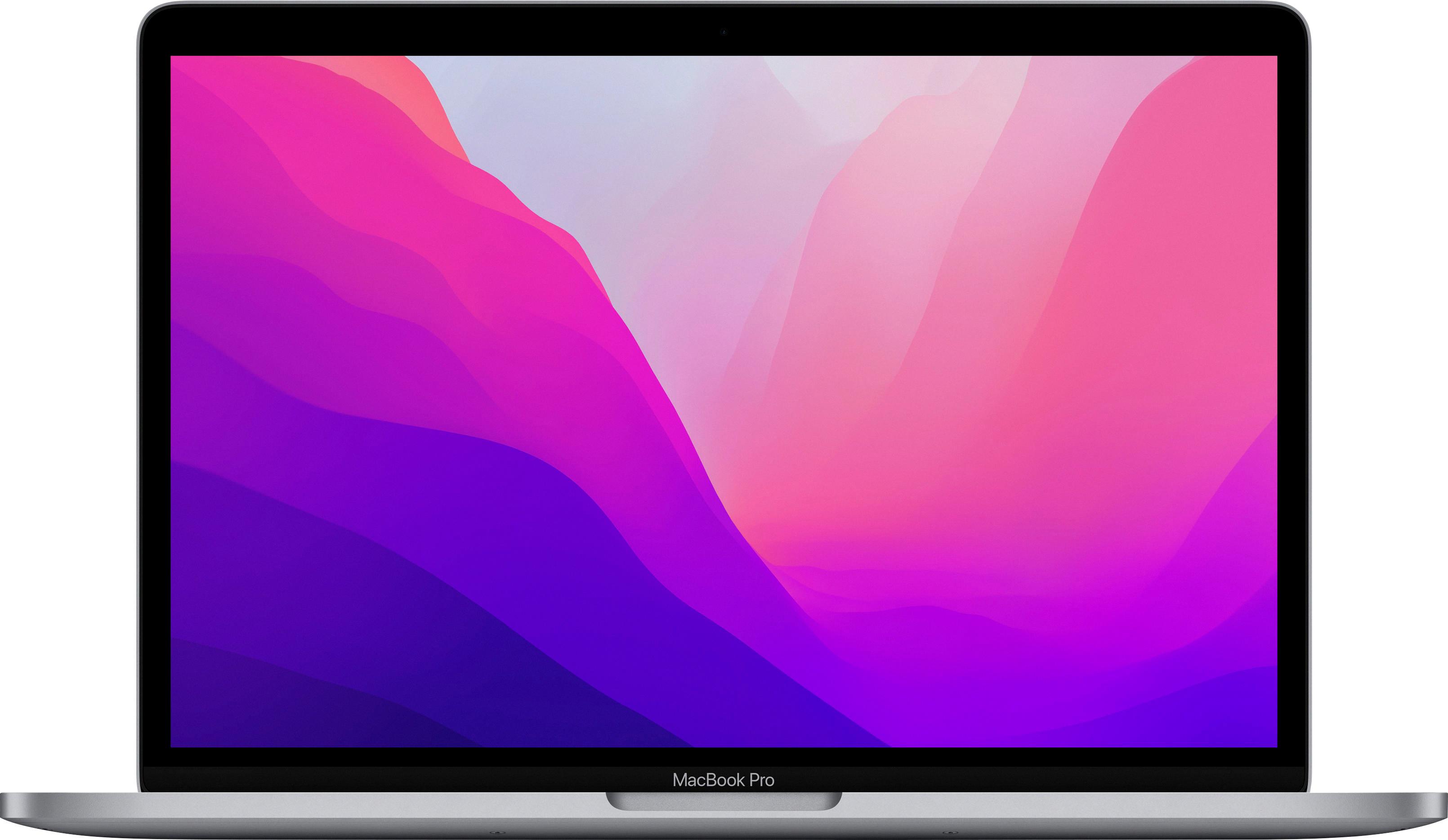
Source: bestbuy.com
Enabling Guest Users on Macbook Pro
Enabling guest users on a MacBook Pro is a simple process. First, click the Apple symbol in the top left corner of your Mac’s screen and select System Preferences. Then, click Users & Groups. Enter your admin password when prompted, and then click Unlock. Finally, click Guest User to enable the account. After enabling it, you can set up various restrictions for this account such as limiting what applications and files the guest user has access to. You can also choose whether or not the guest user will be able to make changes to settings on the computer or access certain websites.
Having Multiple Accounts on a Macbook
Yes, you can have two accounts on a Macbook. Each account on your Macbook is associated with a different user, and each user has their own set of settings, files, and preferences. To set up multiple accounts, open System Preferences and select the Users & Groups icon. Then click the lock icon in the bottom left corner to allow changes and enter your administrator password. From there, you can add or remove users as desired. When adding a new user, you can choose whether to create a standard account or an administrator account. Standard accounts are limited in what they can do on the Macbook, while administrator accounts have full access to all settings and permissions.
The Effects of Using Guest Mode
When you use Guest mode, your activity is kept separate from anyone else who is using the computer. All information related to your browsing session—including browsing history, cookies, and site data—will be deleted when you exit Guest mode. This way, the computer’s owner or anyone else who uses it after you won’t see what websites you visited or other information that was shared while you were in Guest mode.
Can Guest Users Access Apps on Mac?
Yes, guest users on Mac can use apps. The guest user account is a special account that allows anyone to access your Mac without having to log in with your own credentials. This makes it an ideal choice for someone who needs temporary access, such as a friend or family member who needs to borrow your computer for a short period of time.
When a guest user logs in, they will have access to all the standard features of macOS, including the ability to launch and use any apps that are already installed on the machine. However, they will not be able to install any new apps or make any changes to existing settings; any changes made while in the guest user session will not be saved when the session is ended.
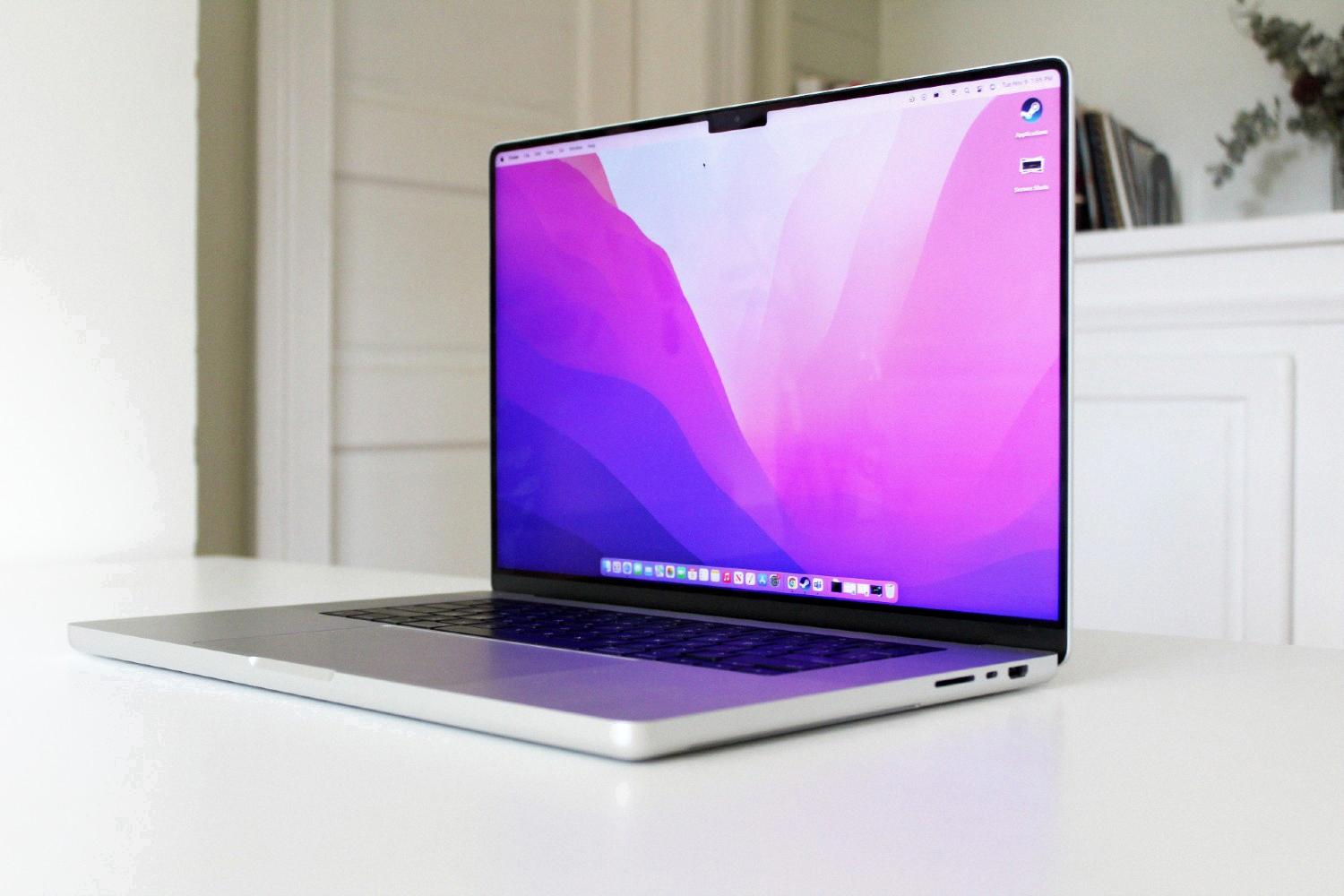
Source: digitaltrends.com
Setting Up Two Accounts on a Macbook
Setting up two accounts on your Macbook is a relatively straightforward process. The first step is to open the System Preferences app on your Macbook. Once you are inside the System Preferences, click the Users & Groups icon located in the bottom left-hand corner of the window. On this page, you will see a list of all the users who currently have access to your Macbook. To add a new user, click the + icon below the list of users. This will prompt a new window where you will be asked to enter details such as username, password, full name, and account type. Once this information is entered and you have selected an account type (administrator or standard), click Create User and restart your Macbook for changes to take effect. You should now have two separate accounts set up on your Macbook!
Conclusion
In conclusion, a Guest User account on a Macbook Pro can be a great way to manage access for those who just need temporary access. The Guest User will not have the ability to make changes to the user or computer settings and any files created by the guest will be stored in a temporary folder that is deleted when they log out. Additionally, if FileVault is turned on, the guest user will only be able to access Safari but not other encrypted disks or create any new files. By creating a Guest User account on your Macbook Pro, you can easily manage access for temporary users without compromising overall security.

